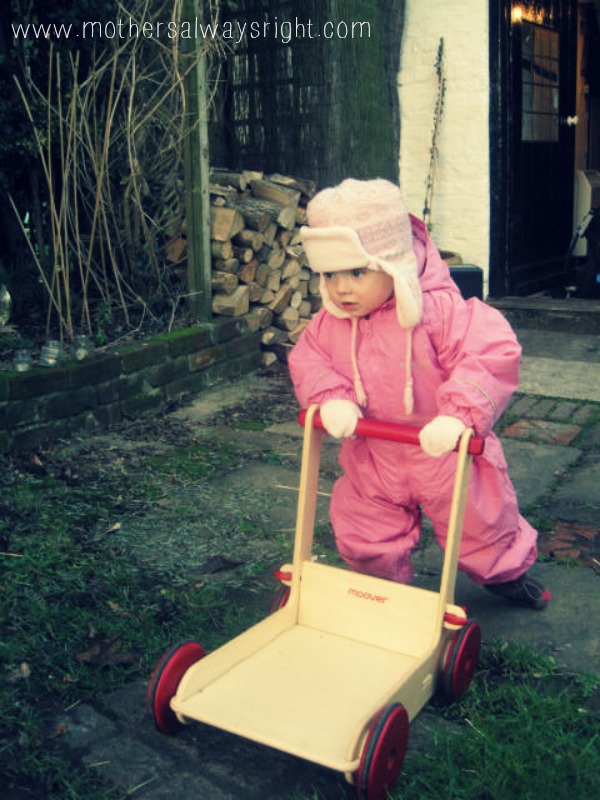The first time we considered actually child-proofing our home, our daughter had already reached the age of 19 months old. We lived in a charming cottage that was 500 years old, complete with slate floors, tiles, lots of sharp edges and a rickety staircase. It wasn’t until she nearly fell down those rickety stairs that we invested in a stair gate.
Our plug sockets were uncovered, our coffee table remained a hazard, in all its modern, sharp-cornered glory and don’t even mention the lack of a fire guard on the huge log-burner.
Looking back, it was a mixture of luck, constant vigilance and much “No, no, no! Hot, hot, hot!” that kept our bouncing baby safe in her first few years of life.
With a new baby due in the autumn, we are already making some changes to our rather lackadaisical attitude to safety in the home. We’re looking into decent baby monitors, have a stair gate already fitted (our almost-four year old is an occasional midnight wanderer) and have plans to cover the plug sockets that are baby height.
With two children at home and only so many adult eyes, it’s a case of striking a balance between teaching our children what is safe and what is dangerous, as well as putting measures in place to stop preventable accidents should either child wander out of our sight.
So how much is enough when it comes to child safety at home and how safe is your own home?
This year, Child Safety Week runs from 23rd to 29th June. The focus is on “morning mayhem”, as many accidents in the home take place during the morning rush – a baby reaching for a pair of hair straighteners that are still cooling, a toddler knocking over a hot cup of tea, a young child making a bid for freedom through an open stair gate.
To find out how safe your home is, interiors brand Betta Living has a clever interactive tool and a survey on offer, which will show exactly how child-proof your home actually is.
It’s quite apt to be writing about child safety week now, just as my daughter gets used to the next few weeks with her leg in a cast, broken after an accident on a trampoline last weekend. It’s made me realise safety in the home extends to the garden too.
I’m now in two minds about child-proofing and my attitude to safety at home. I know that last weekend’s accident could leave me a paranoid mum, terrified to let her daughter take risks and eager to wrap her in cotton wool. But I’m also aware that some accidents are preventable and, if I can stop them from happening, then I will.
So, this Child Safety Week I’m going to be slightly altering my former ambivalence towards child-proofing and attempting to get the balance right between paranoid mum and sensible, accident prevention mum.
Now tell me, how safe is your home – and where do you stand on child-proofing? How do you get the balance right?
**
Written in collaboration with Betta Living.




It’s funny we childproofed a little less the second time around. Mainly through necessity – we needed the stair gates down so that Kitty could get to the bathroom when she needed do – and just through watching what Elma is interested in and childproofing those bits. I suspect we’re constantly learning and we’ll just have to wait and see what this next baby takes a fancy to!
You’re very right – each child is so different. I think we were lucky to a certain extent with F as she was less interested in taking risks. Another child may have been very different!